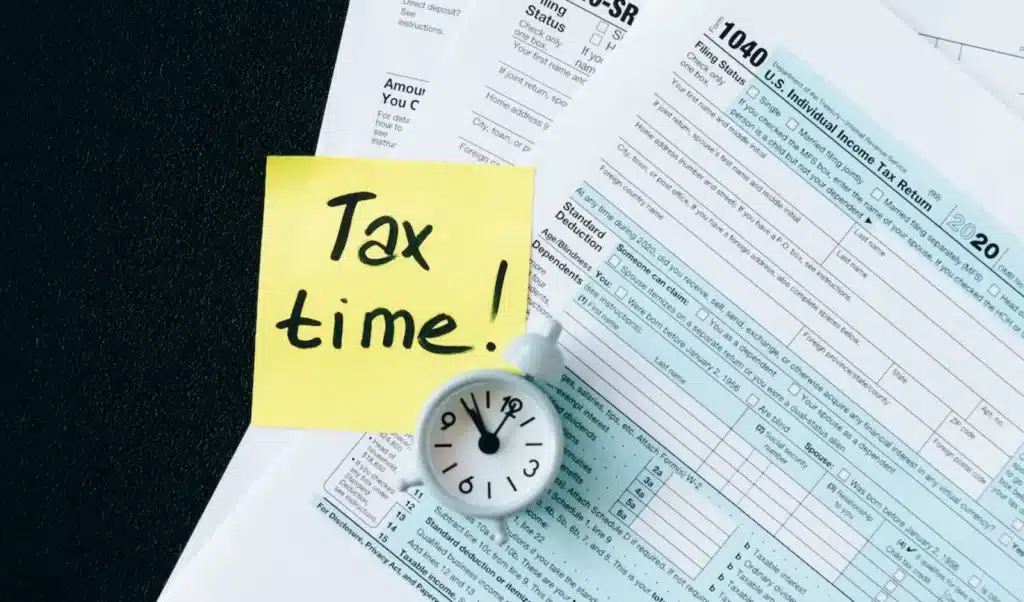The economic downturn has continued into 2012 for many New Yorkers. A growing number of struggling consumers are falling into bankruptcy because of plummeting home values, dwindling incomes, inability to find regular full-time employment, and disappearance of credit.
Chapter 13 bankruptcy, known as the “wage earner bankruptcy,” lets an individual keep property and repay debts over an allotted period of time, often three to five years. In a Chapter 13 proceeding, the debtor establishes a payment plan to pay back all or a portion of their debt. This is known as a repayment plan. To learn how to create a suitable payment plan based on the income, expenses, and necessities, work with an experienced New York bankruptcy attorney.
To qualify for a Chapter 13 bankruptcy filing, the debtor needs unsecured debt under $336,900 and secured debt under $1,010,650. The debtor must finish a credit-counseling course from an approved credit counseling agency. The class can be taken virtually through the Internet. A list of approved course providers can be found at the Department of Justice website.
Filing a Chapter 13 bankruptcy stops foreclosure proceedings on a home. The filing of a Chapter 13 bankruptcy automatically gives rise to an “automatic stay”. The moment a petition is filed with the court, creditors cannot take any actions against the debtor. This is why a legal advisor may sometimes seem rushed to get a debtor to review a petition and to sign it for filing. The debtor is not being rushed because the attorney wants to collect fees, but because the attorney wants to stop the debtor from being hit with collection activities, including pestering phone calls, letters, collections lawsuits, and the foreclosure of a home or repossession of a car. This automatic stay applies even if a debtor file a Chapter 13 petition on the morning of a foreclosure.
The Chapter 13 case begins with the filing of a bankruptcy petition. The petition sets forth the debtor’s basic contact information, such as name, address, phone number. The petition requires the debtor to estimate debts and the number of creditors. The court charges a filing fee.
Besides the petition, debtors must file schedules setting forth the following: a list of assets and expenses, a statement of income, a list of debts (including the creditor names, addresses, and amounts owed).
In bankruptcy proceedings, there are three general types of creditors: (1) Priority Claims; (2) Secured Claims; and (3) Unsecured Claims. Priority claims are debts with superiority like taxes, trustee’s fees, and attorney’s fees. To show the debtor does not have a lot of cash to pay off creditors, the debtor may decide to pay off the debt that cannot be discharged in bankruptcy such as taxes. Secured debt is incurred in exchange for collateral. For instance, a mortgage or a car loan. The mortgage is secured by a house. The car loan is secured by a car. Unsecured debt is incurred with no collateral. For instance, credit card debt. A person is extended credit without having to give anything in return.
Live your life while leaving the confusion and stress of a Chapter 13 bankruptcy with an experienced New York bankruptcy attorney.









